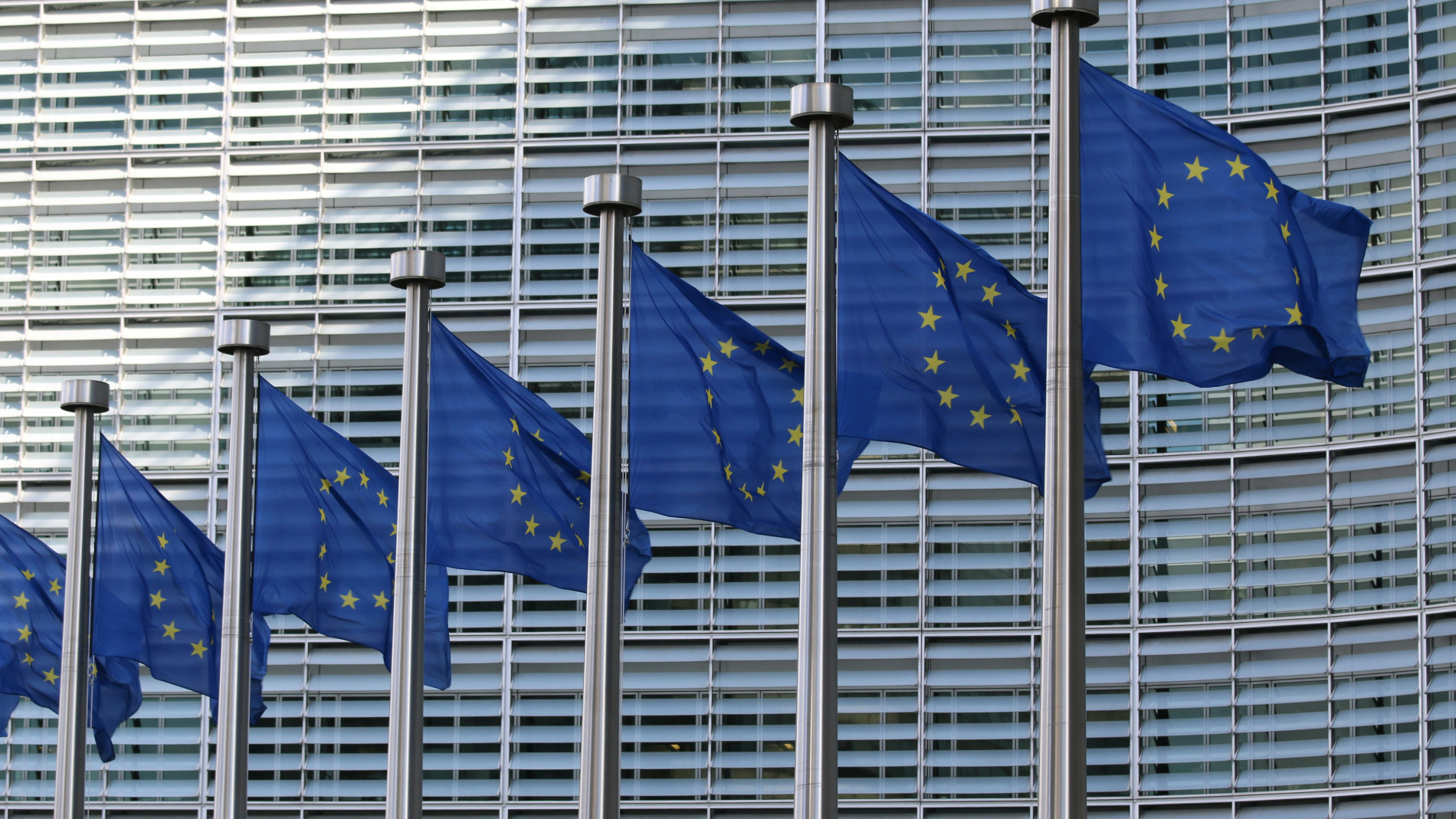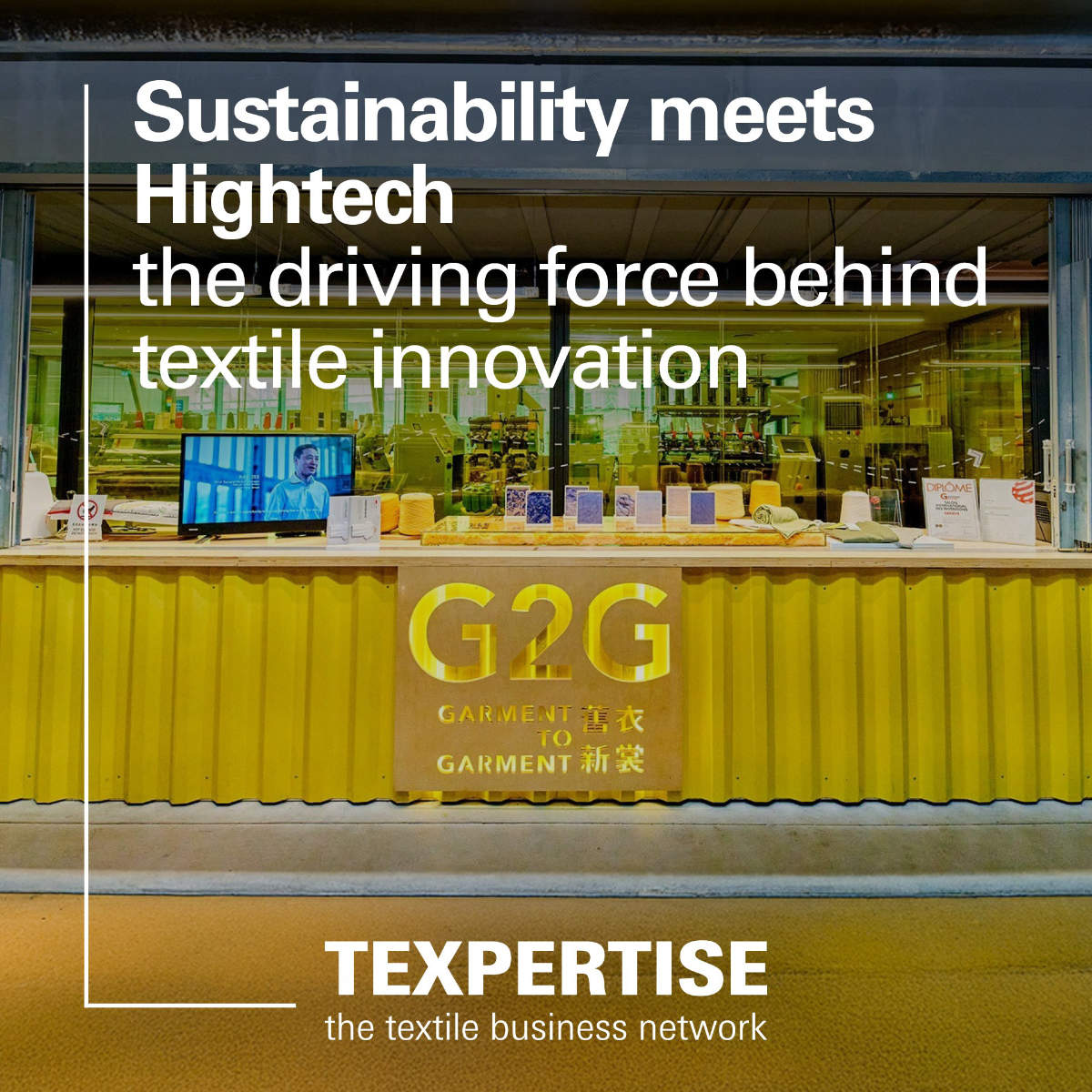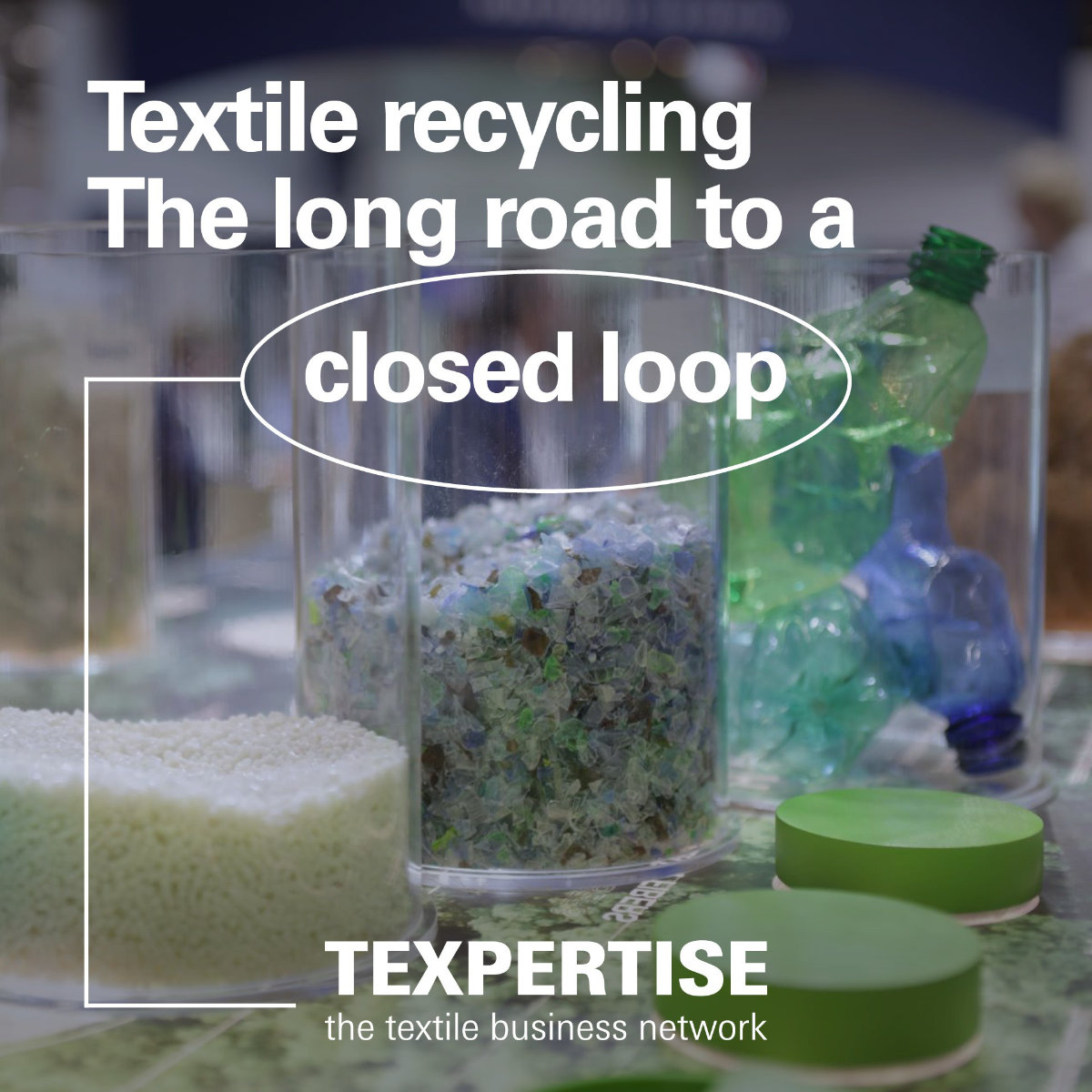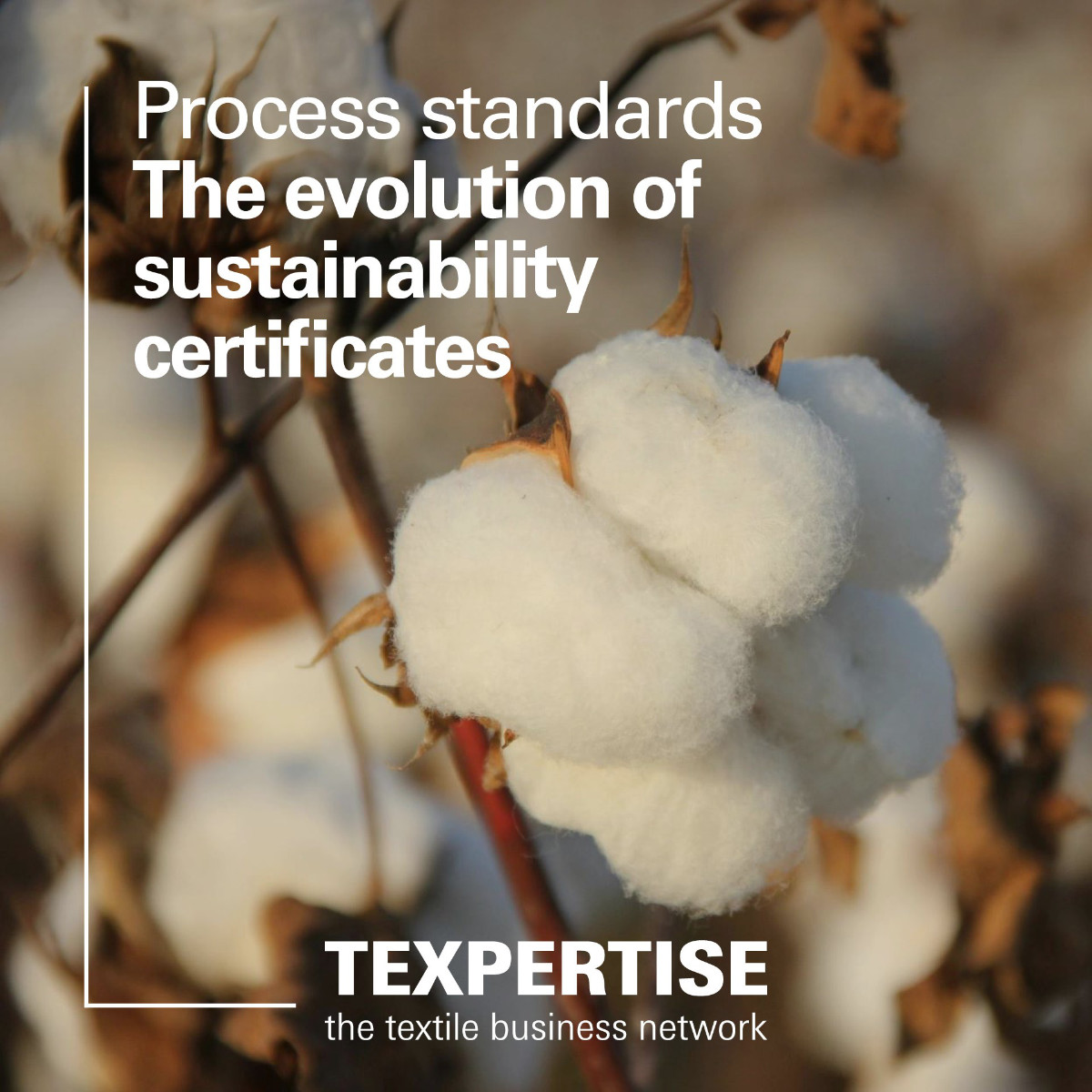The new Ecodesign Regulation (EU 2024/1781) came into force on 18 July 2024 and is a central component of the European Green Deal. The directive, also known as the Ecodesign for Sustainable Products Regulation (ESPR), replaces the former Ecodesign Directive. As a result, not only can products which use energy such as washing machines and fridges be regulated, but also many other products such as textiles and shoes. This significantly extends the potential scope of future product regulation.
Reading time: 5 minutes
Dr. Anno Oexle

Dr Anno Oexle, who has specialised in environmental and public product law for over 20 years, explains in this interview what specific changes the textile industry can expect and how companies can prepare for them.
The ESPR will make it possible to ban the destruction of usable products, especially textiles and shoes, and is expected to apply from 2026. What impact do you think this will have on the trade in and consumption of these products?
The ESPR prohibits, as from 19 July 2026, the destruction of unsold consumer products that are listed in Appendix VII of the Regulation (Art. 25 Para. 1, ESPR). Within the terms of the current draft of Appendix VII, these are specific types of clothing, accessories and shoes. “Destruction” in terms of the ESPR is defined as the deliberate damage to or disposal of a product as waste, unless it is done with the intention of recycling or repairing it. “Unsold consumer products” are products that have not been bought, such as surplus goods or returned items. The ban will not apply to medium sized businesses until 19 July 2030, whilst the smaller and smallest companies will be exempt.
The EU Commission is empowered, through what are called ‘delegated acts’, to extend the list of products which are subject to the ban, as well as to designate exceptions. The latter can only be for reasons specifically provided for in the ESPR; these include, for example, matters of health, hygiene and security, unsalability because of an infringement of intellectual property rights (including counterfeit products), damage discovered subsequent to the return of a product and which cannot be cost-effectively repaired, or instances where destruction of the product is the option with the least negative environmental impact. The EU Commission must adopt the delegated act on the regulation of exceptions by 19 July 2025 at the latest.

What would you advise companies to do if they want to start preparing for the new regulations now?
Of course, it makes sense, in the initial stages, to get to grips with the ESPR right away and to gain an understanding of the regulatory mechanisms involved. Companies should consider carefully whether and/or how the regulations might impact their particular company’s business model and products. Key to the practical implementation will be the way in which the ESPR is fleshed out by the EU Commission within the terms of the legal framework – a task which, as we have already seen, falls to them by virtue of the delegated acts. This includes, for example, things like the scope of the destruction bans and their exceptions, the design of the product passport, as well as, crucially, the way in which the ecodesign requirements for individual product groups are to be regulated. Affected companies should – either themselves or through their professional associations – monitor carefully the progress of the legislative process and, if possible, contribute their own suggestions.
Serie: Waste or wasted?
About the series
The textile industry has a waste problem. Fashion and home textiles have become mass-produced goods in recent decades and are therefore disposed of with corresponding frequency. While too many textiles become waste even before they are sold, many consumers do not know how to dispose of used textiles in the most environmentally friendly way possible.
What happens to textiles after they have been disposed of? And how can textile waste management be integrated into a circular economy?
In our "Waste or wasted?" series, we present the current situation regarding the handling of textile waste and present solutions for counteracting this detrimental trend.
Other articles in the series:
European textile-waste strategy: separate, recycle, reuse
How efficient management can reduce textile waste and promote Recycling











